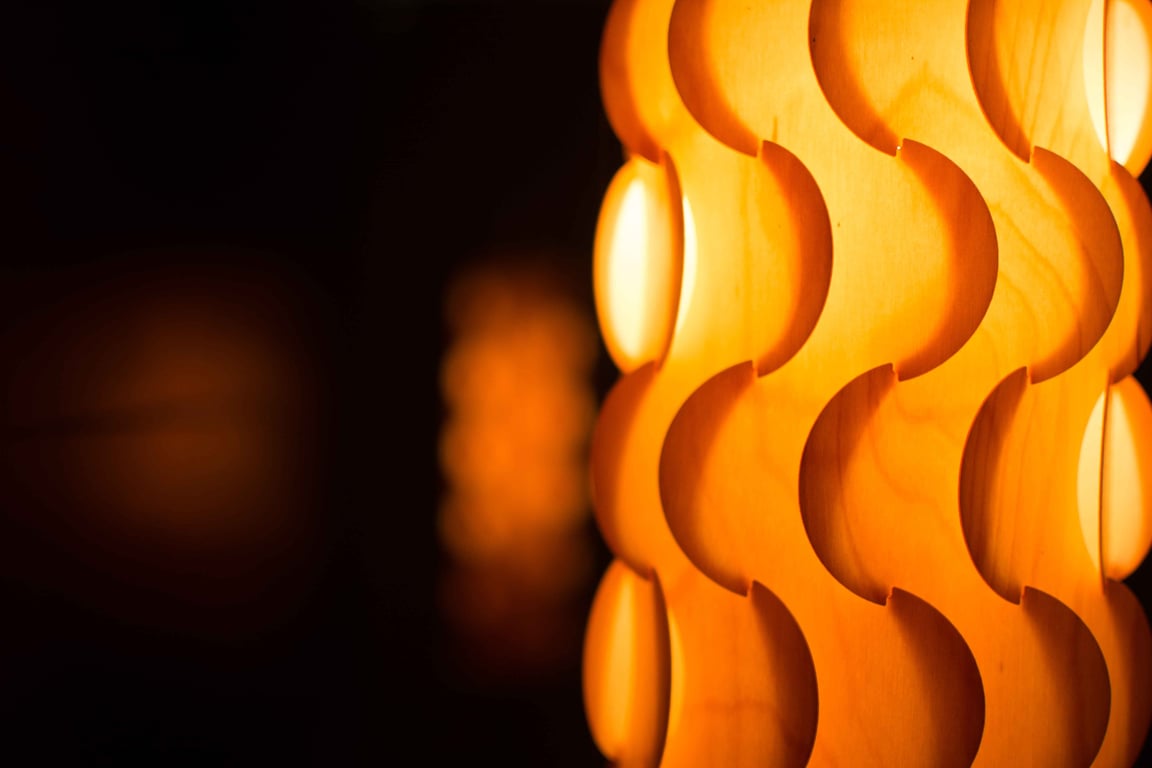Lowest Price Guaranteed Shop Now

Creating an inviting and functional outdoor space requires more than just picking the right furniture or planting beautiful flowers. One of the most important elements often overlooked is lighting. Specifically, the art of layered lighting can transform your outdoor areas into a haven of beauty, safety, and utility. But how do outdoor flood lights play a pivotal role in all of this?
Layed lighting involves using multiple light sources at different levels and intensities to create a balanced and cohesive ambiance. This approach ensures that every corner of your outdoor space is well-lit and aesthetically pleasing, enhancing both its functionality and beauty.
As the foundation of any lighting scheme, ambient light provides general illumination, ensuring the space is well-lit and welcoming. For outdoor areas, this can be achieved with wall-mounted fixtures, hanging lights, or even well-placed outdoor flood lights. These lights offer broad, diffused illumination, making them ideal for covering large areas such as patios, decks, or garden pathways. Outdoor flood lightings, in particular, are perfect for creating a safe and inviting environment by illuminating dark corners and ensuring that pathways are visible.
Task lighting focuses on specific areas where activities take place. This type of lighting is important in areas like outdoor kitchens, dining spaces, or workstations. Bright, concentrated lights like adjustable spotlights are ideal for these purposes. Outdoor flood lights can also serve as task lighting, especially in areas where extra visibility is needed.
Adding drama and visual interest to your outdoor space is made easy with accent lights to highlight architectural features, plants, or other focal points. This layer of lighting is more about aesthetics than function. Spotlights, uplights, and decorative string lights are commonly used for this purpose. Outdoor flood lights can double as accent lights when positioned strategically.
To master the art of layer lighting, we recommend that you integrate various light sources. By using dimmer, timers, and smart controls, you can adjust the intensity and timing of your lights to suit different occasions and moods. Dim your flood lights for a quiet evening and brighten them for a gathering where added visibility is needed.
How do you use lighting to create a harmonious blend of function and beauty in your surroundings? Drop a comment below to share how you thoughtfully layer your lights.